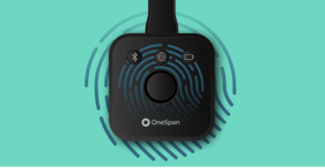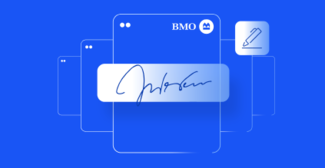Would John Hancock E-sign The Declaration of Independence Today?

Business Insider published last June its list of the 17 "coolest" signatures in history. Most of these show how creative and original these famous individuals are. John Hancock’s signature, #1 one on the list is definitely unique (although misused when scrawled on Julia Louis Dryfus’ back). Walt Disney, #16, has an enchanting sign-off but many were actually signed by authorized employees. For Jacob Lew who turned up as #5 on the list, the U.S. Treasury Secretary ended up toning down his loopy John Hancock before it was added to newly printed American currency.
Despite the dramatic change in Mr. Lew’s autograph, we know it is right on the money. But in general, philographers have to be very careful about what’s real and what isn’t. The same is true for businesses. Gaining access into the Antiques Roadshow or hiring an autograph authentication service professional won’t cut it, particularly now that the traditional way of doing business is changing from manual paper-based procedures to paperless.
Electronic signatures have seen significant adoption in the past decade within insurance, lending, government and other industries. The impact of e-signatures dramatically improves customer service, operational efficiency and bottom line results. But this requires proper authentication.
Security requires identifying an individual and ensuring that the signature belongs to the person e-signing a document. Identification should take place the first time a transaction is conducted with an online user. The most common approach and widely accepted standard for user authentication in online transactions is user name and password. When there are compliance and regulatory issues involved third-party identification service, such as Equifax, may also be part of the workflow. Digital certificates, tokens or biometrics are other options for very high risk processes.
The best e-signature solution also includes data authentication. The process of verifying the information contained in a signed document ensures that nothing changed since it was signed. Each signature block should be secured with a digital signature so that it cannot be copied or pasted without detection. This process evidence proves exactly what took place at every stage of the document review and signing process.
With the pervasiveness of mobile devices in our society, traditional barriers to e-signature adoption are quickly vanishing for both the business and the consumer. With e-signatures, all materials can be properly signed and securely handed back for processing and archiving in a completely paperless workflow. While this may take away some of the "coolness" of signatures, it is certainly made up for with the strongest legal protection.
To learn more about evaluating security requirements relating to e-signatures, download the Silanis whitepaper, How to Evaluate An E-Signature Vendor On Security.









